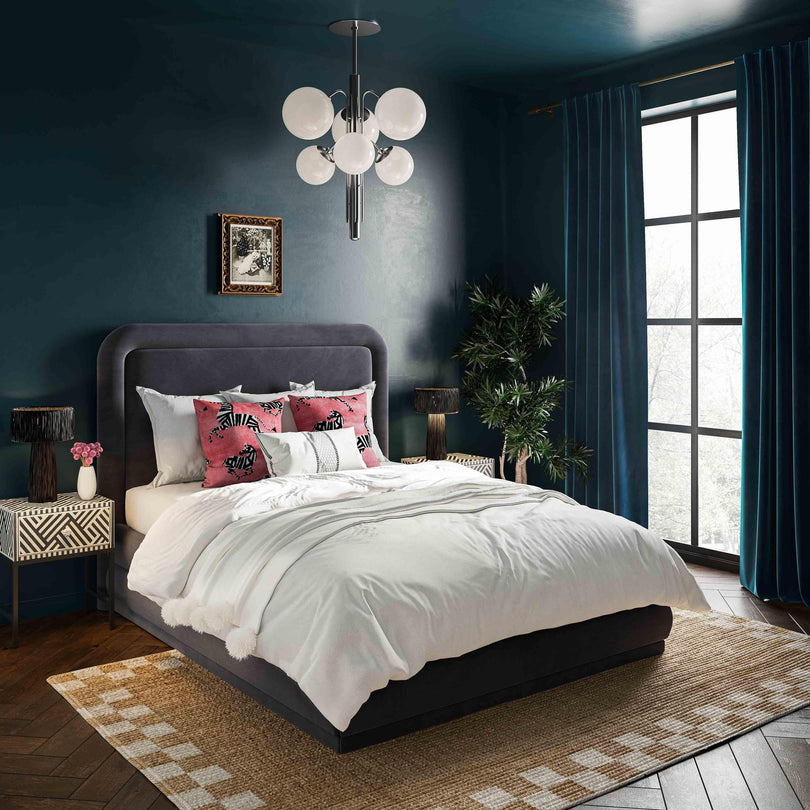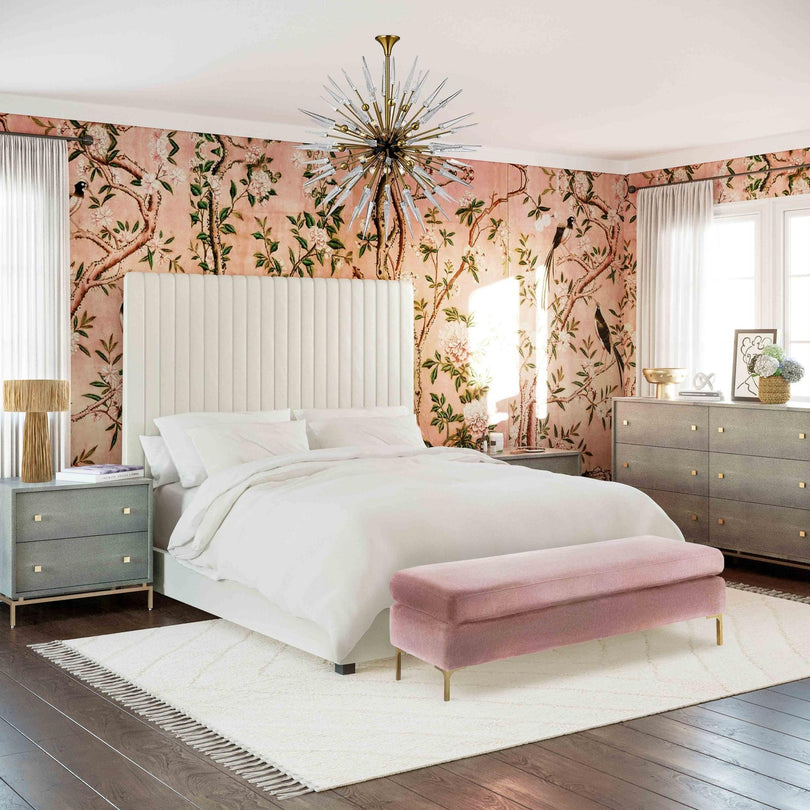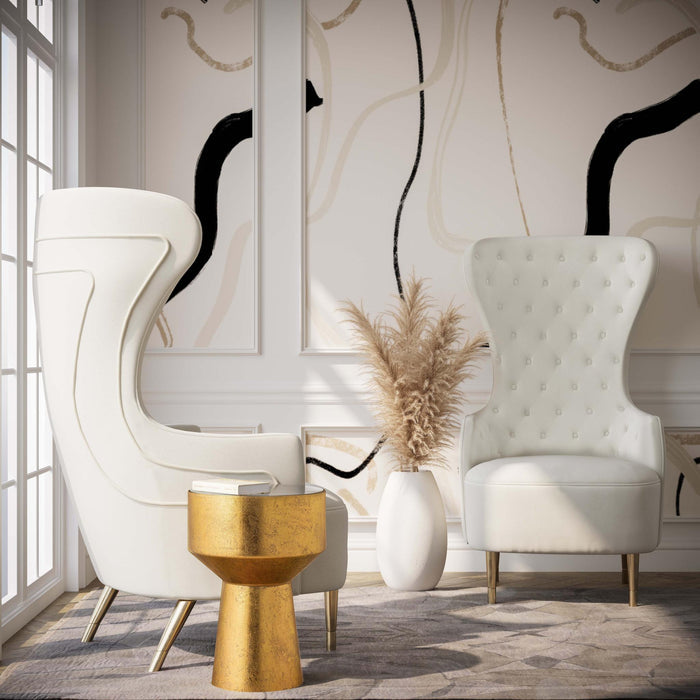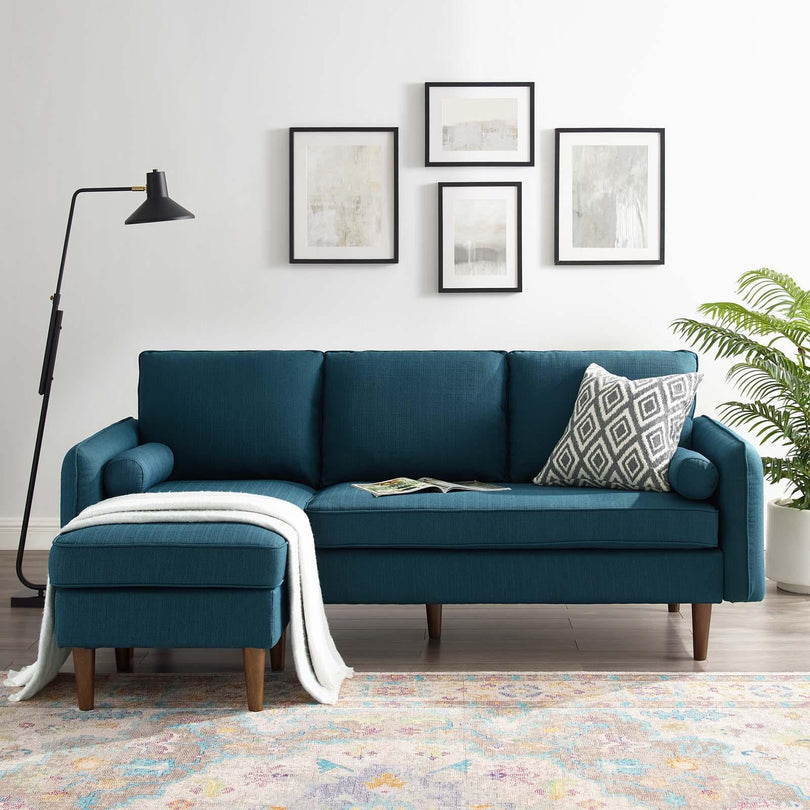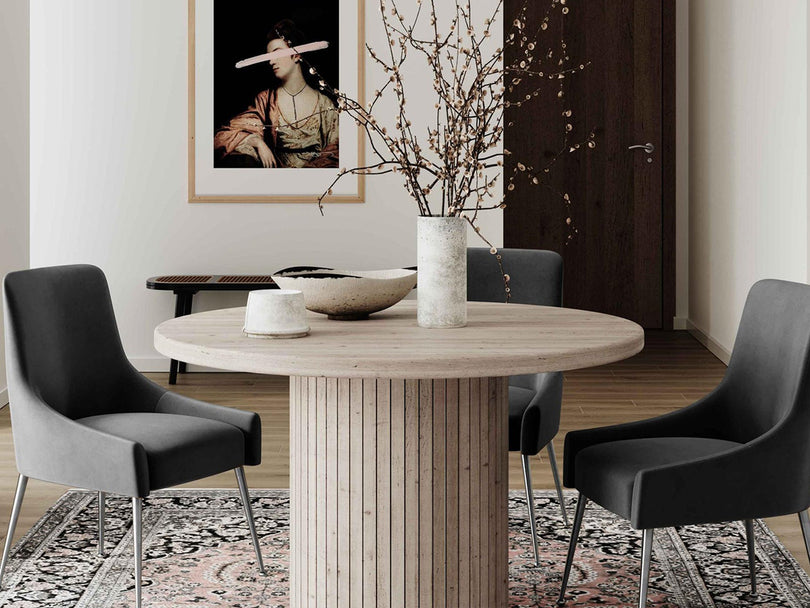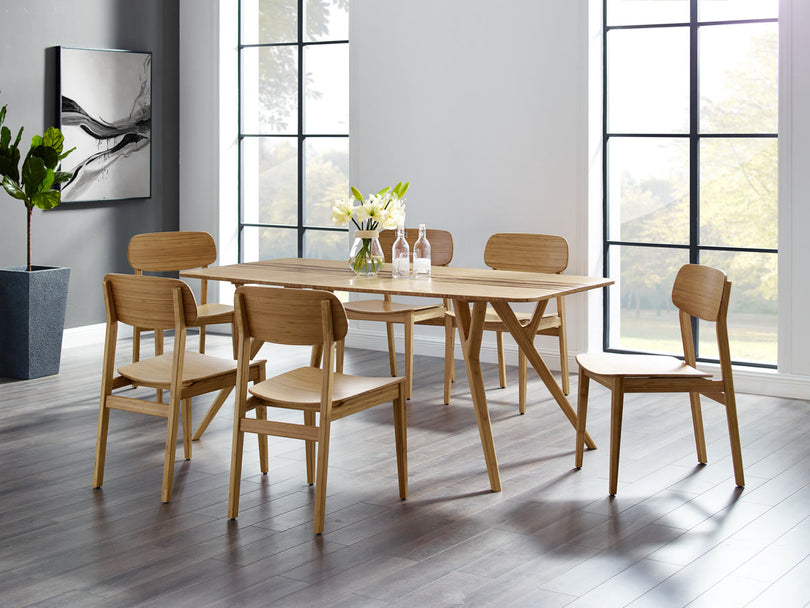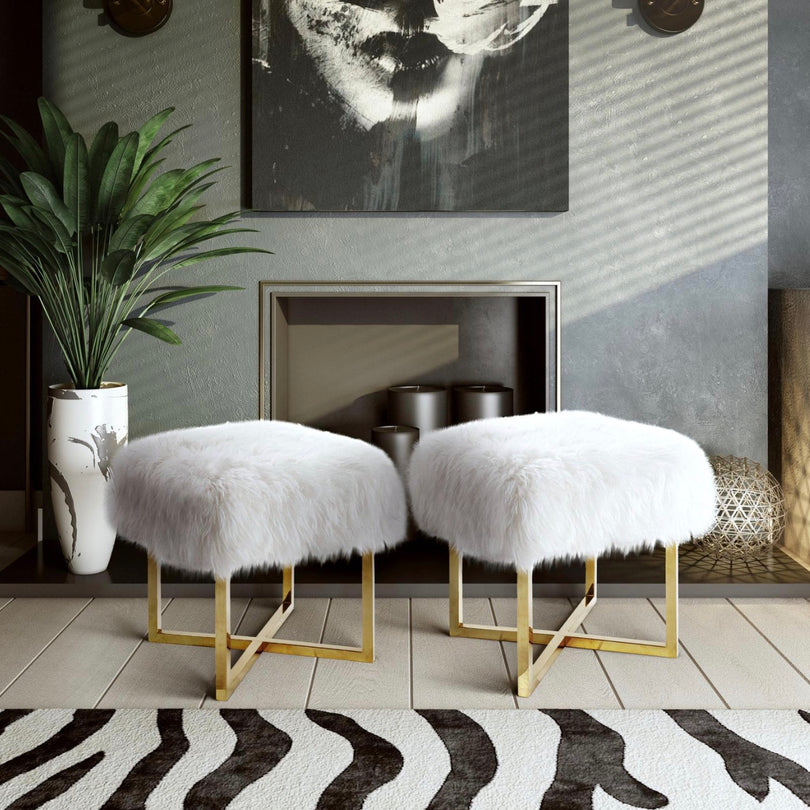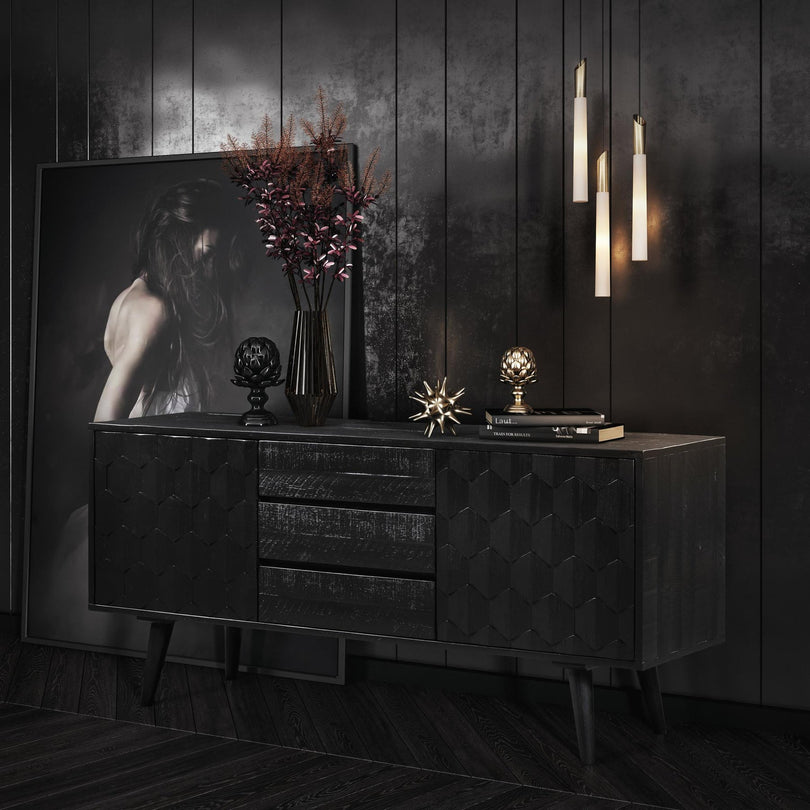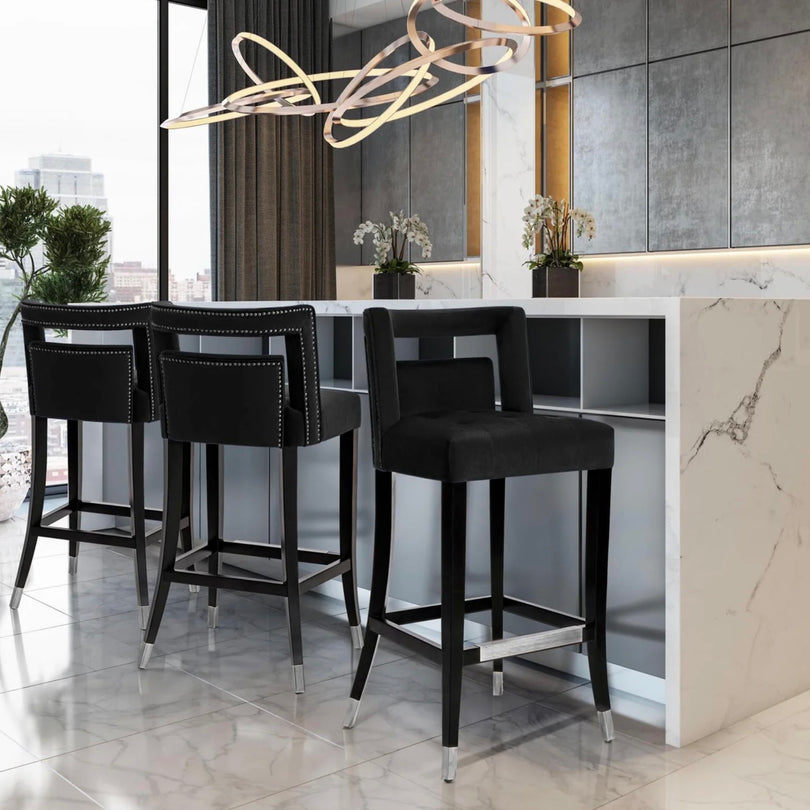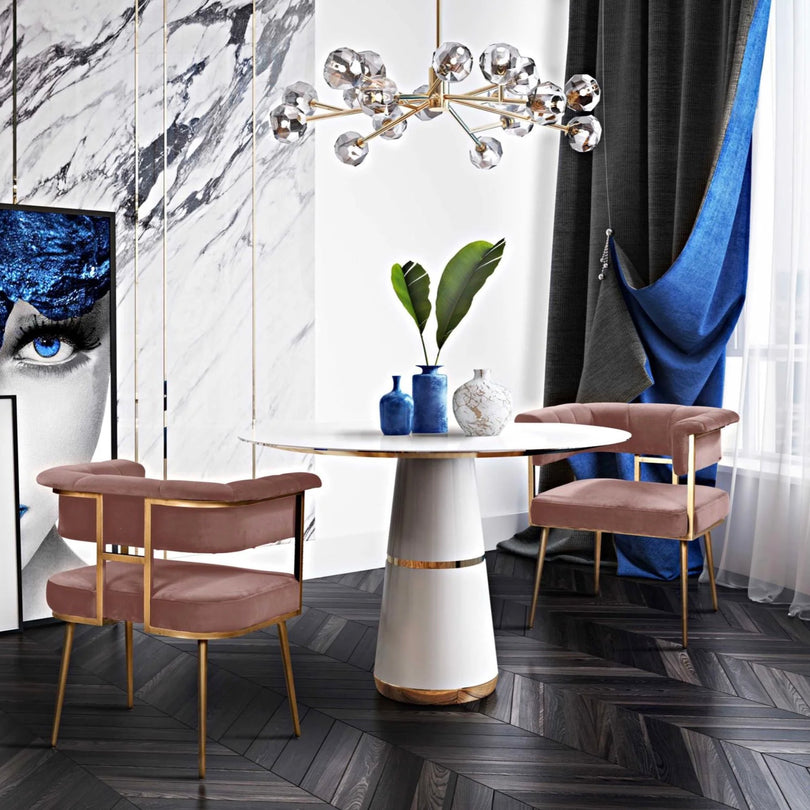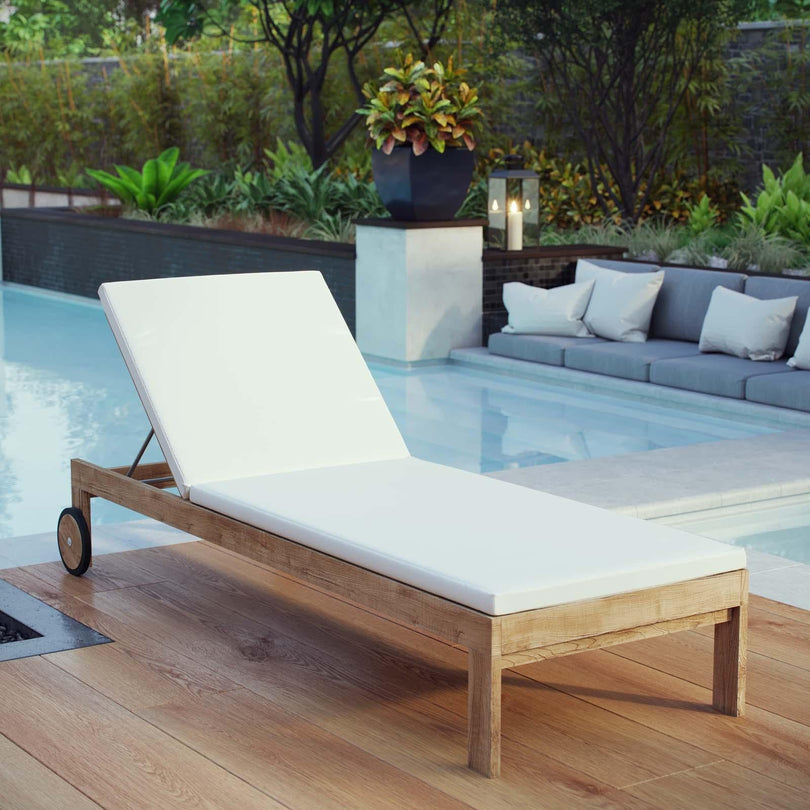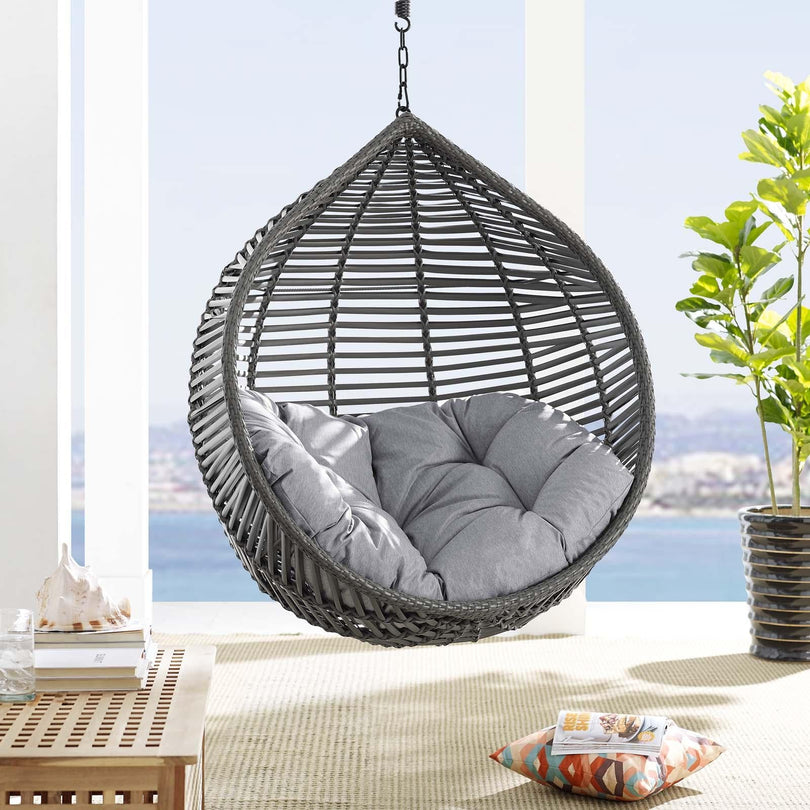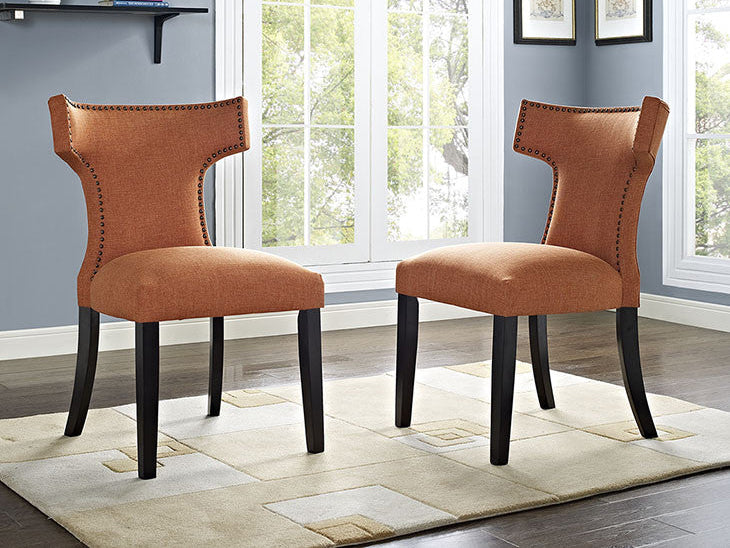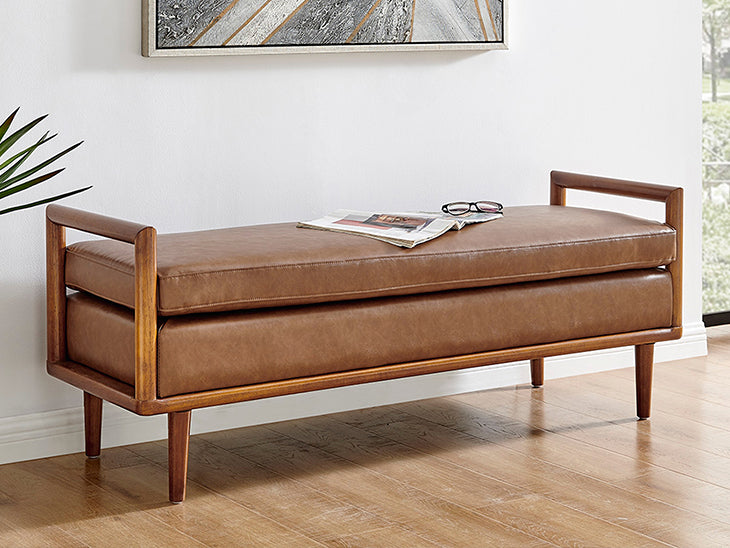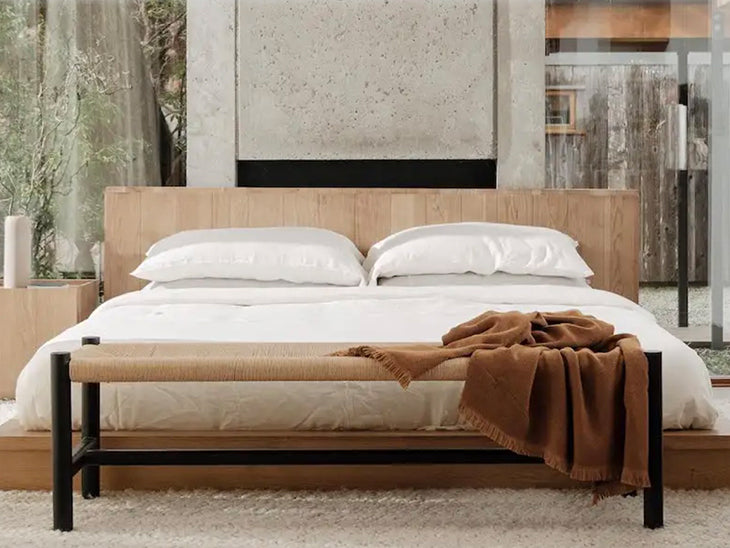In the realm of interior design, less is often more. With changing trends and growing appreciation for simplicity, the minimalist design approach is more popular than ever before. You've perhaps pictured a minimalist room as being sleek, clutter-free, and predominantly monochrome—this, however, is only part of the story. Minimalism is not merely about reducing the number of possessions or the color palette—it's about thoughtful selection and intelligent use of objects, colors, and textures to create a space that is elegant, functional, and expressive. So, if you're ready to embark on a journey of understanding and embracing minimalism, hop on! Let's delve into the world of minimalist interior design.
Understanding Minimalist Interior Design
In the vast universe of interior design, minimalist design occupies a distinctive and ever-evolving niche. Unlike other styles that rely heavily on accessories, detailing, or ornate embellishments, minimalist design emphasizes simplicity and functionality. Its definitive characteristic features, including simple lines, monochromatic or neutral color palettes, and purposefully limited furniture, make it celebrated among those seeking to create elegant spaces that resonate calmness and tranquility.
Emphasizing Simplicity and Functionality
Driven by the principle that less is more, minimalist interior design associates simplicity and quality. This approach is not merely about limiting the number of furniture pieces or decorating in a simple manner. It's about refining one's perspective on design—ensuring each element that occupies the space has a functional role, yet displays aesthetic grace.
While a minimalist room may seem spartan to the untrained eye, a true understanding reveals thoughtfulness and a powerful motive for every item's placement. Minimalist design intentionally frees up space, reduces clutter, maximizes natural light, and spotlights the architectural features of a room. The result is a simple, highly functional, and organized living space, devoid of useless kitsch or clutter.
Characteristic Features
Minimalist interior design is characterized by simple lines, monochromatic or neutral color palettes, and limited furniture. But while there's beauty in this simplicity, it invariably demands rigorous editing and restraint. Nothing is superfluous or without purpose; elimination of excess allows the room's architecture and the few carefully selected furnishings to take center stage. The simple color schemes, natural elements, and the functionality of each furniture piece truly highlight the essence of minimalist design.
However, it's notable to mention that the minimalist design trend is a living entity, constantly evolving. Recently, it has started to embrace new elements such as sculptural furniture, biophilic elements, and even neutral color palettes with pops of color. This adaptation adds a dash of warmth and personality to an otherwise austere space, proving that minimalist design is more than just white walls and barely furnished rooms.
Understanding minimalist interior design is a journey into valuing quality over quantity and prioritizing purpose over mere visual appeal. It's noting how a room feels in its entirety and understanding what makes Demystifying Minimalist Design a more balanced, calm, and relaxing living environment. In the end, the essence lies in the thoughtful selection and placement of fewer, quality items, ultimately creating a space that showcases simplicity, functionality, and exquisite design.
Upcoming Minimalist Trends for 2024
As we usher in the new year, the rise of minimalist aesthetics continues to transform our interior spaces, bringing utmost beauty with utmost simplicity. Among these are Luxe Textures, Soothing Materials and Colors, Objects that Elevate Interiors, Warm Minimalism, and even a surprising shift into Maximalist Interiors. With 2024 forecasted as the year that shapes the next definition of minimalism, let's dive into each trend, understand what they represent, and check out how we can incorporate these into our own spaces.
Luxe Textures
Whether it's silken drapes or crushed velvet cushions, luxe textiles are the talk of the town. Luxe textures are known for their sensual appeal and a comforting touch.
- satin
- silk
- faux fur
- chenille
They introduce an element of opulence into the humdrum of bare aesthetics, making minimalist spaces feel rich and inviting.
Soothing Materials and Colors
In today's high-stress environment, homes are evolving into calming sanctuaries. Design elements such as soothing materials and colors have become key to creating a tranquil, restorative space. Here's what's hot this year:
- Bamboo
- Linen
- Pastels
- Earth tones
With their soft, earthy hues and natural composition, these materials bring a peaceful, grounded feeling to your minimalist space.
Objects that Elevate Interiors
Minimalist design isn't about empty spaces; it's about deliberate choices that yield maximum impact. This year, the spotlight's on objects that elevate interiors. A carefully chosen artwork, an intricate light fixture, or even a well-designed chair can serve as the centerpiece in a minimalist setting.
Warm Minimalism
As we continue to yearn for a slower pace and a more mindful lifestyle, warm minimalism is entering the mainstream. This brilliant approach beautifully marries the simplicity of minimalism with the comfort of warm, inviting hues.
Maximalist Interiors
Just when we thought we've seen it all, 2024 surprises us with the rise of maximalist interiors. This interesting shift is allowing us to explore the other side of the spectrum, where clashing prints, bright colors, and alluring artifacts have come out to play.
Bringing minimalist aesthetics into your home doesn't mean you have to adhere to one particular style. The best part about the upcoming minimalist and maximalist trends of 2024 is that they don't follow any rules. Make sure to check out our Minimalist Trends for 2024, for even more ideas and inspiration on how to reinvent your space.
Color Preferences in Minimalism
Minimalism, as a design aesthetic, cherishes the adage that "less is more." The philosophy advocates for a life unburdened with unnecessary clutter, both aesthetically and existentially. With a focus on simplicity, minimalism leads the way to a serene and tranquil environment that values room to breathe over mere embellishment – a lesson in the bountiful appeal of reduction. But when it comes to color preferences, what hues tend to dominate this simple yet elegant approach to design? The answer lies in natural materials, neutral colors, and careful pops of color.
Natural Materials
Natural materials are intrinsic to the minimalist design philosophy. By choosing elements directly borrowed from Earth, minimalism finds a way to balance its reduced aesthetic with a warm, comforting atmosphere. These materials, such as wood, stone, or metals, each possess unique pigment variations that lend subtle shades of color to the scheme. You'll observe the warm shades of brown emanating from oak wood or the cool hues of grey in slate and charcoal. The color palette seizes the innate earthy tones that these materials uphold, fostering a sense of coherence and tranquility in the minimalist environment.
Neutral Colors
Neutral colors play a significant role in a minimalist palette. Shades like white, beige, and gray are known for their comforting simplicity and versatility. They serve as a canvas against which other design elements stand out. The neutrality affords the freedom to switch up decorations and furniture without worrying about color clash. But it's not all about being 'safe.' The strategic use of neutral colors can create profound visual impacts. Take a stark white room, for instance. Although monochrome in appearance, it shows a fierce embrace of minimalism by creating a crisp, clean, and uncluttered space. This neutral-colored haven is the true essence of minimalism.
Pops of Color
Although minimalism revolves around simplicity and neutrality, it's not averse to a touch of color—a well-thought-out "pop" of color to an otherwise neutral space can enhance its aesthetic appeal. It's where you can inject some personality into your space. Perhaps a teal ottoman against a cream-colored lounge or a mustard throw on a gray sofa. These pops of color add a layer of visual interest in the monotonous neutrality, creating a unique character and vibrancy. But remember, the key is to keep it sparse and focused. After all, in the land of minimalism, less is subtly more.
In the end, choosing color preferences in minimalist design depends greatly on personal preferences and the natural aesthetic provided by the architectural elements of your space. Whether you lean towards the natural colors found in materials, adore the simplicity of neutral hues, or enjoy small bursts of vivid colors, the ultimate goal is to create a design that feels comfortable, uncluttered, and unequivocally 'you.'
Minimalism in Web Design
The digital world is becoming more complex by the day, making it vital to simplify how we interact with it. Less, in many ways, can indeed be more. This is particularly evident in web design, where minimalism has become an increasingly popular trend.
Minimalism in web design is about removing all superfluous elements and homing in on what matters most. This creates an aspect of user-friendliness while emphasizing pertinent content, simplifying the interface, and making it elegant and purposeful.
Simplifying the Interface
One of the first steps towards becoming a minimalist designer concentrates on simplifying the interface. We have to remember that aesthetics are not solely reliant on stunning, complicated designs. A simple interface can often be more appealing, allowing the site to load faster and function seamlessly across different screens.
Drawing a careful balance between all elements, streamlining, and getting rid of clutter can drastically improve a website's interface. Keep in mind to harness the power of whitespace, making the site feel open, fresh, and modern.
Focus on Important Content
For a minimalist web design, every element serves a purpose. There is no room for purely decorative or redundant features. Instead, designers need to focus on enhancing important content. Display content that is compelling and succinct, all while being easily digestible for users. With a minimalist website, visitors can quickly identify key messages without distractions leading to an improved overall user experience.
Key Elements of Minimalist Website Design
A beautiful minimalist website is more than just stripping back elements; it's about creating balance. Here are some necessary elements to achieve this:
- Negative Space: This is often considered the backbone of minimalist design. Negative space helps to accentuate content, making it more legible and digestible.
- Visual Hierarchy: A well-structured hierarchy guides the audience's attention to the most critical aspects of your website. It can help prioritize information based on their importance.
- High-Quality Images: Minimalism doesn't equate to lifeless. Striking, high-quality images can make a website engaging while still adhering to minimalist principles.
- Bold Typography: Minimalist designs often incorporate bold, expressive typography to attract the users' attention and make a statement.
- Limited Color Palettes: Sticking to a limited color palette can enhance the overall look of a minimalist website. Soft, muted shades or a monochromatic palette can let your content take center stage.
Let's remember, minimalism is not about removing substance — it's about placing profound importance on the content itself. And as the age-old axiom goes, simplicity is the ultimate sophistication; the future of web design could not agree more.
The Minimalist Design Philosophy
On the grid of design philosophies, the minimalist design philosophy holds a distinct and revered spot. It's a school of thought that promotes the practice of keeping things simple, focused on essential elements, and discarding unnecessary features or decorations. This philosophy has proven greatly impactful over the years, most prominently making its mark in areas like architecture, art, and interior design.
When we talk about minimalist design, many might think of it as plain or boring. However, this couldn't be further from the truth. The essence of minimalism isn't about the absence of design, but to quote the famous designer Deiter Rams, it's "less, but better".
Let's consider the following key tenets that capture the essence of the minimalist design philosophy:
- Simplicity: Minimalist design embraces simplicity at its core by stripping things down to their bare essential elements.
- Functionality: The design should be usable and functional. Aesthetic appeal should never compromise the utility.
- Clarity: The clarity in the design ensures that the user easily understands its purpose.
- Subtract until it breaks: Keep reducing elements until the design stops working. Only the essentials should remain.
- Quality over quantity: It's not about having less stuff; it's about having less, well-crafted stuff.
It's not surprising that people are increasingly embracing this philosophy in their homes, given the serenity and order minimalist design tends to evoke. A notable example can be seen in the rising trend of Minimalist Furniture in 2024, where the focus has moved towards high-quality, functional, and beautifully designed pieces that embody the minimalist ideals.
In essence, the minimalist design philosophy provides a lens to view design differently. It's not about taking things away until it feels bare, but rather intentionally deciding what's important — and leaving out what's not. By embracing minimalism, you're not just choosing a design; you're choosing a lifestyle - a lifestyle of beauty in simplicity and usefulness in functionality.
Conclusion
Embracing minimalism in your life and particularly in your interior design doesn't mean disregarding style or personality; it's promoting a more organized, clutter-free, and tranquil environment. What's attractive about Minimalist Interior Design is its simplicity and function, focusing on essentials and discarding what isn't. By integrating these practices, upcoming trends, and selecting appropriate colors, anyone can achieve a peaceful and stylish personal space.
Remember, minimalism is not just about physical belongings; it's about purging the chaos and unnecessary tagging along in your life. Minimal & Modern is here to help you achieve that tranquility in your living spaces. With our modern and minimalist furniture collections, you can easily start your minimalist journey. So why wait? Transform your spaces into minimalist heaven now. Visit our website at Minimal & Modern and start simplifying your living yet keeping it stylish and sophisticated.
Frequently Asked Questions
-
What are some key items to achieve minimalist interior design?
To achieve minimalist interior design, some key items to consider are: decluttering and organizing your space, investing in multifunctional furniture, using a neutral color palette, incorporating natural materials, and embracing simplicity in decor.
-
How does decluttering help in achieving minimalist interior design?
Decluttering is crucial in minimalist interior design as it promotes a clean and organized space. By getting rid of unnecessary items and keeping only what is essential, you create a sense of openness and simplicity.
-
Why is a neutral color palette important in minimalist design?
A neutral color palette, such as shades of white, beige, gray, or black, is fundamental in minimalist design as it creates a calm and serene atmosphere. It allows the focus to be on the simplicity of the space, without any distractions.
-
What are some popular natural materials used in minimalist interior design?
Some popular natural materials used in minimalist interior design include wood, stone, bamboo, cork, and natural fabrics like cotton and linen. These materials add warmth, texture, and a sense of nature to the space.
-
How can I incorporate simplicity in decor for a minimalist look?
To incorporate simplicity in decor for a minimalist look, opt for clean lines, minimal or no patterns, and avoid over-accessorizing. Focus on a few statement pieces and create a sense of visual balance and harmony in the space.

